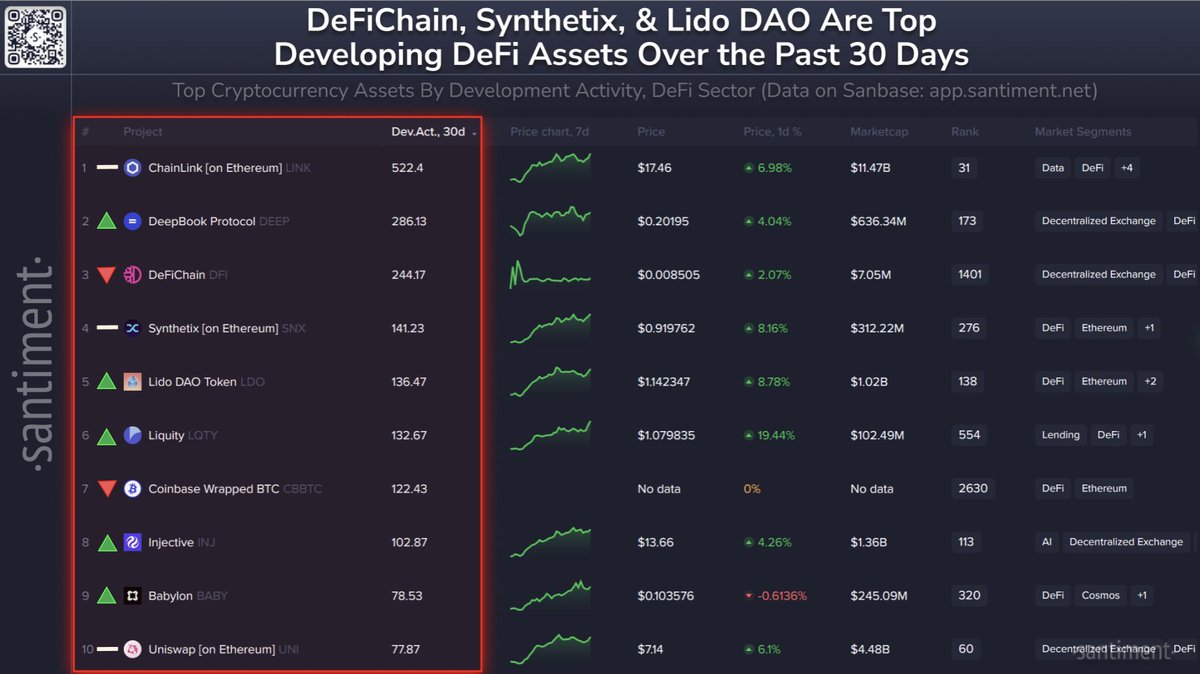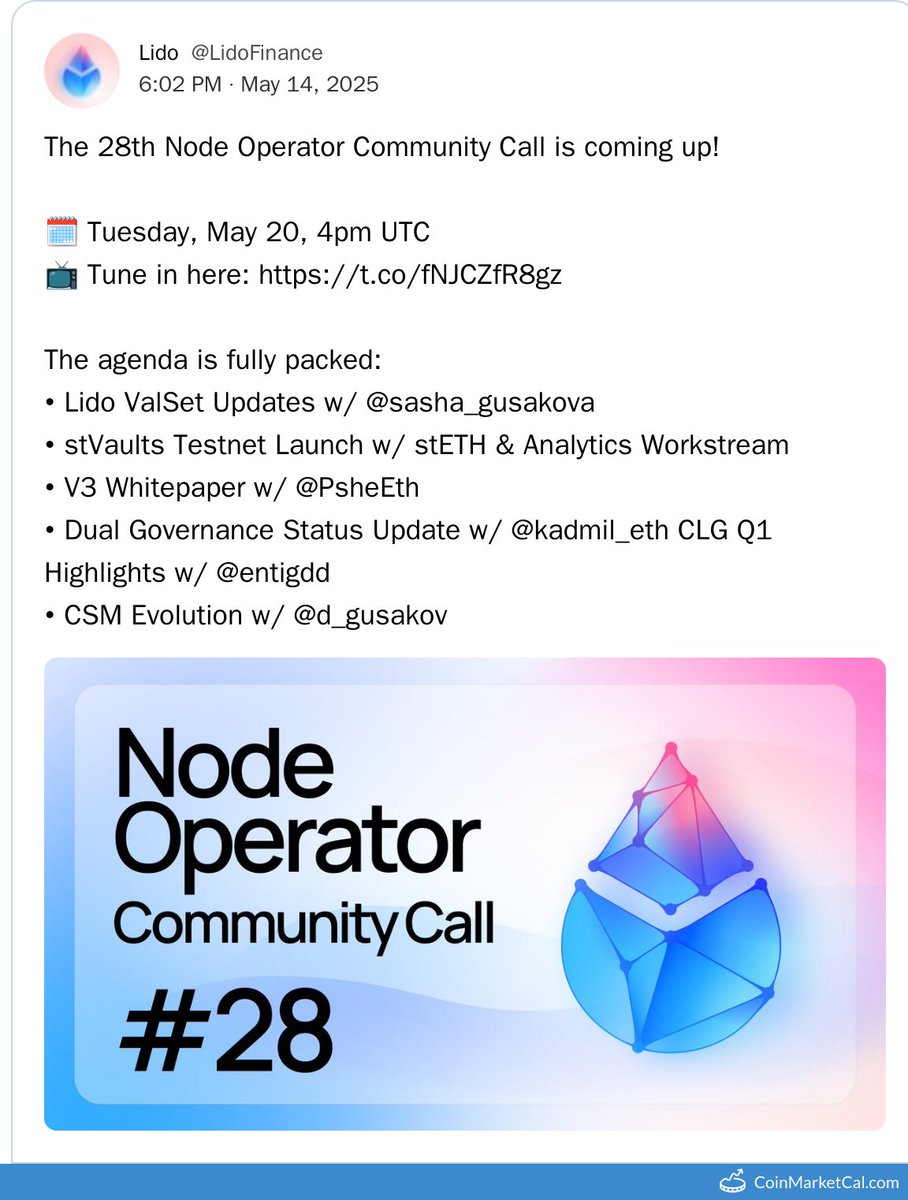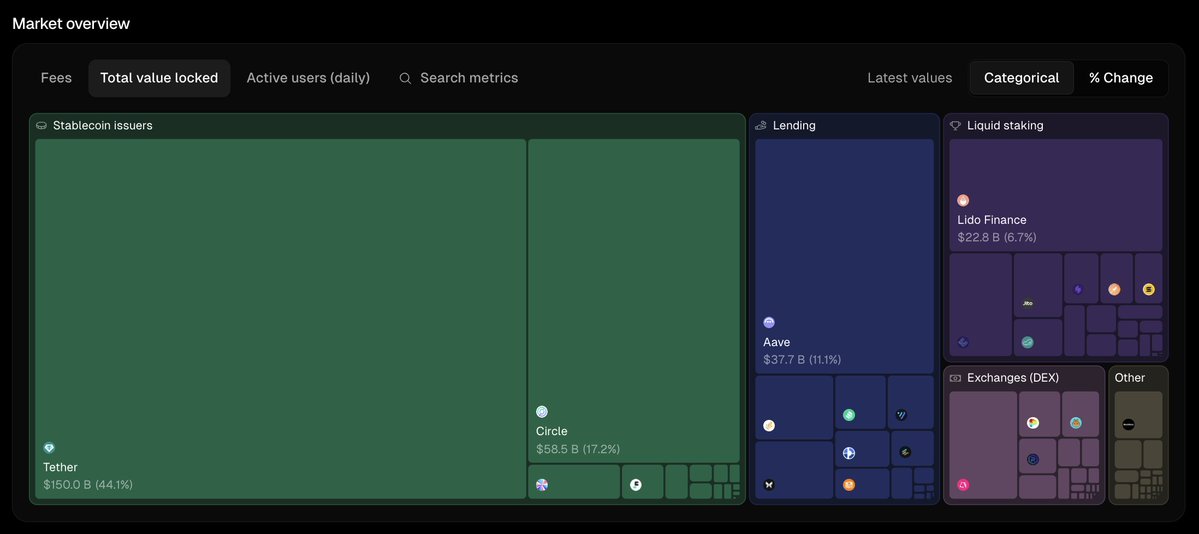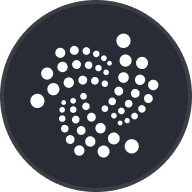
Precio de Lido DAO

Aviso
Información de mercado de Lido DAO
Cap. de mercado = Oferta circulante × Último precio

Feed de Lido DAO


Calculador de LDO


Rendimiento del precio de Lido DAO en USD
Conversiones populares de Lido DAO
| 1 LDO a USD | 1,0223 $ |
| 1 LDO a EUR | 0,91324 € |
| 1 LDO a PHP | 57,0413 ₱ |
| 1 LDO a IDR | 16.914,30 Rp |
| 1 LDO a GBP | 0,77019 £ |
| 1 LDO a CAD | 1,4286 $ |
| 1 LDO a AED | 3,7549 AED |
| 1 LDO a VND | 26.505,06 ₫ |
Sobre Lido DAO (LDO)
- Sitio web oficial
- White paper
- Github
- Explorador de bloques
Preguntas frecuentes sobre Lido DAO
Lido es un protocolo descentralizado que ofrece servicios para hacer staking líquido en varias blockchains de Prueba de Participación (PoS). Cuando los usuarios hacen staking con Lido, reciben tokens equivalentes a los tokens que han apostado en una proporción de 1:1. Estos tokens mantienen su liquidez, lo que permite a los usuarios utilizarlos en diversas plataformas.
Lido cobra una comisión del 10 % sobre las recompensas por hacer staking. A pesar de ser visto por algunos como un inconveniente, esta tasa se alinea estrechamente con los estándares de la industria, manteniendo a Lido competitivo.
Compra fácilmente tokens LDO en la plataforma de criptomonedas OKX. El terminal de trading spot de OKX incluye el par de trading LDO/USDT.
También puede intercambiar sus criptomonedas existentes, incluyendo XRP (XRP), Cardano (ADA), Solana (SOL) y Chainlink (LINK), por LDO con cero comisiones y sin slippage de precios utilizando el convertidor OKX.
Declaración de GEI
Calculador de LDO






















